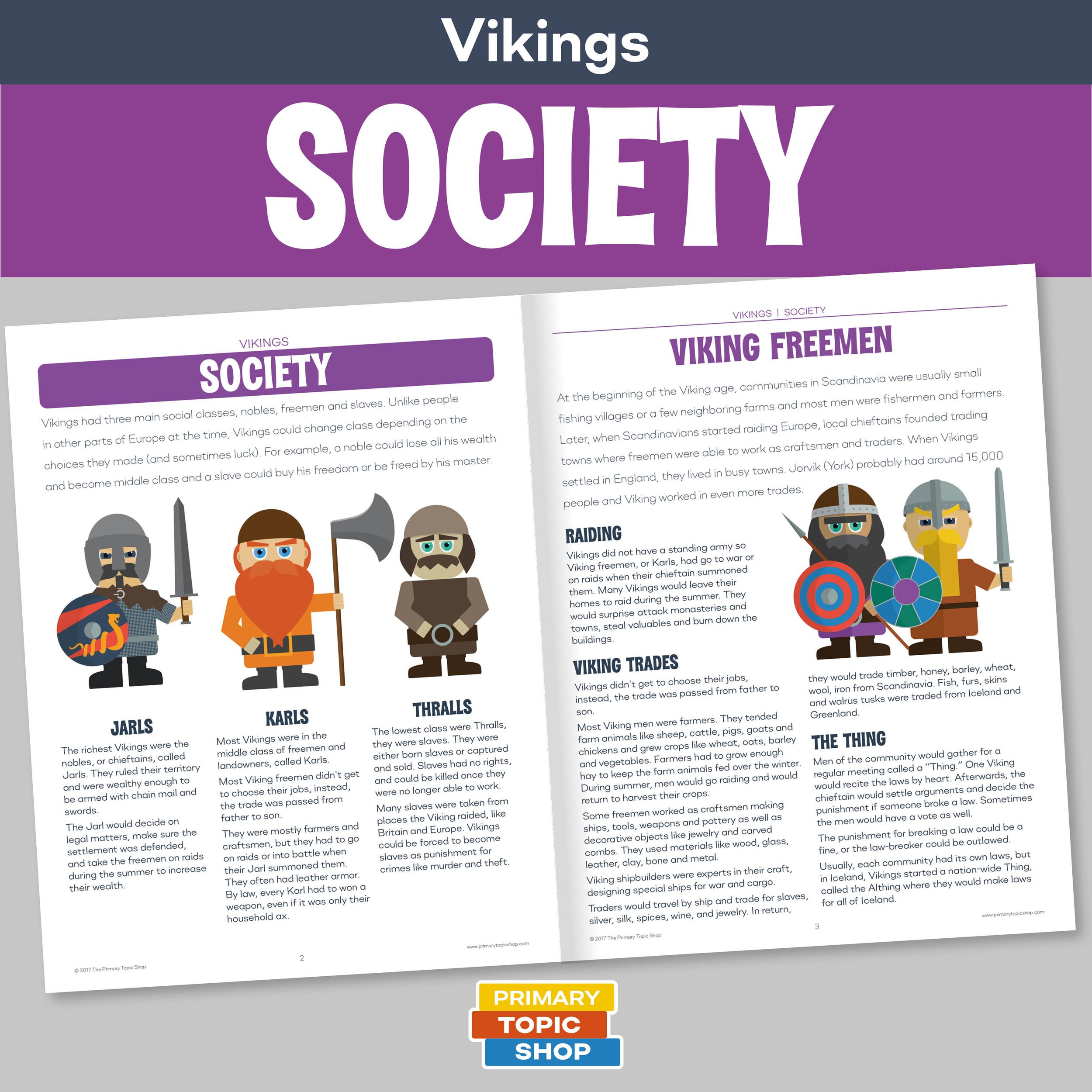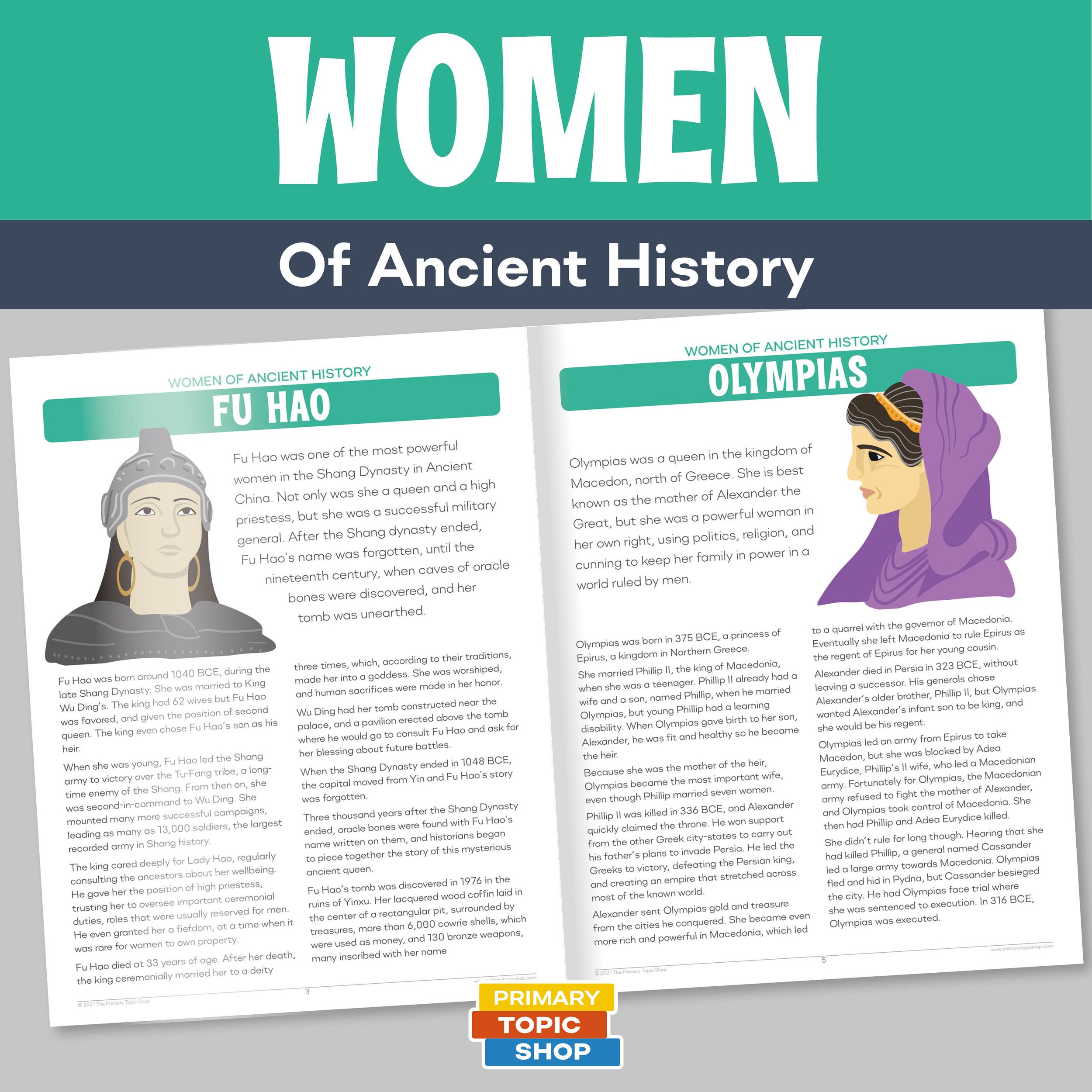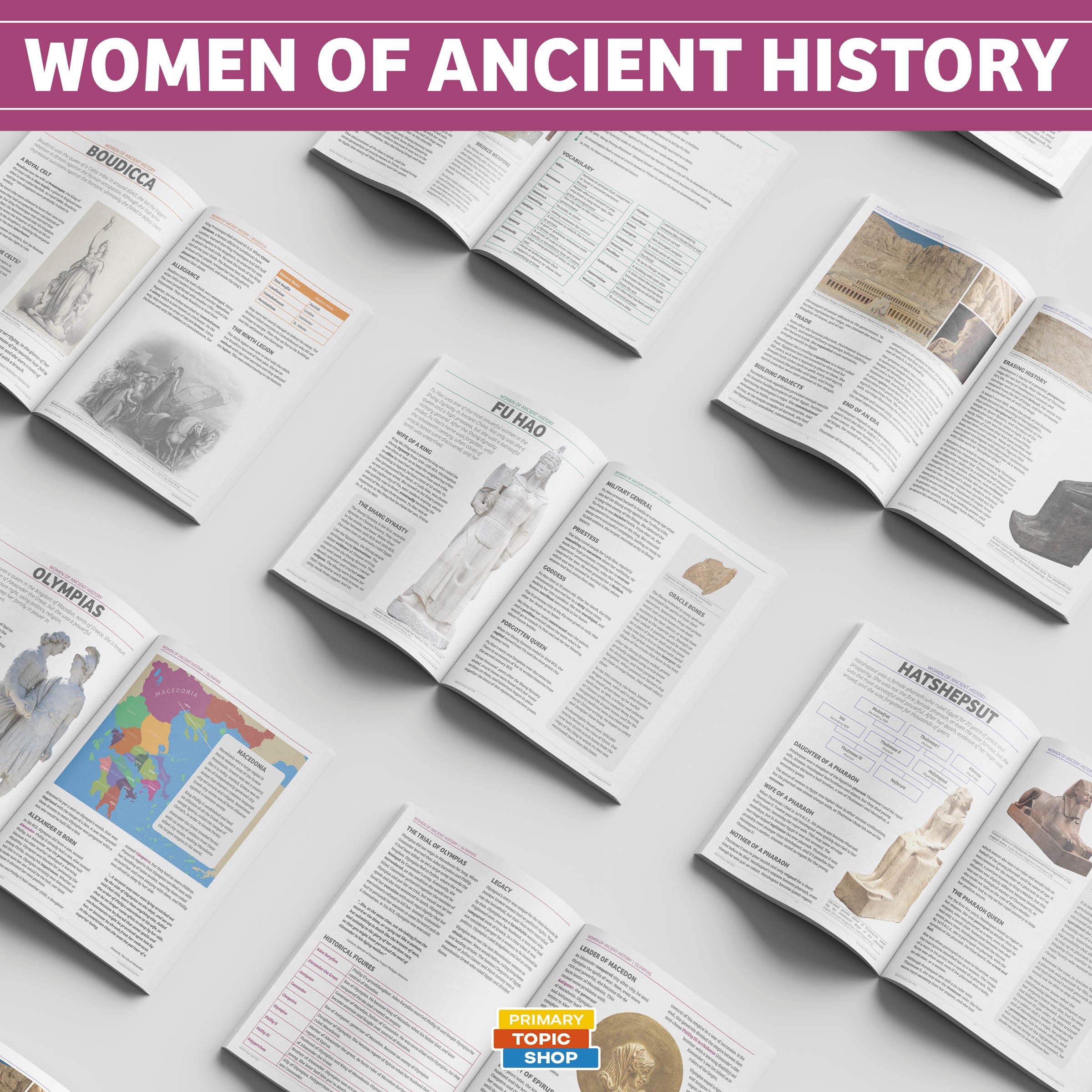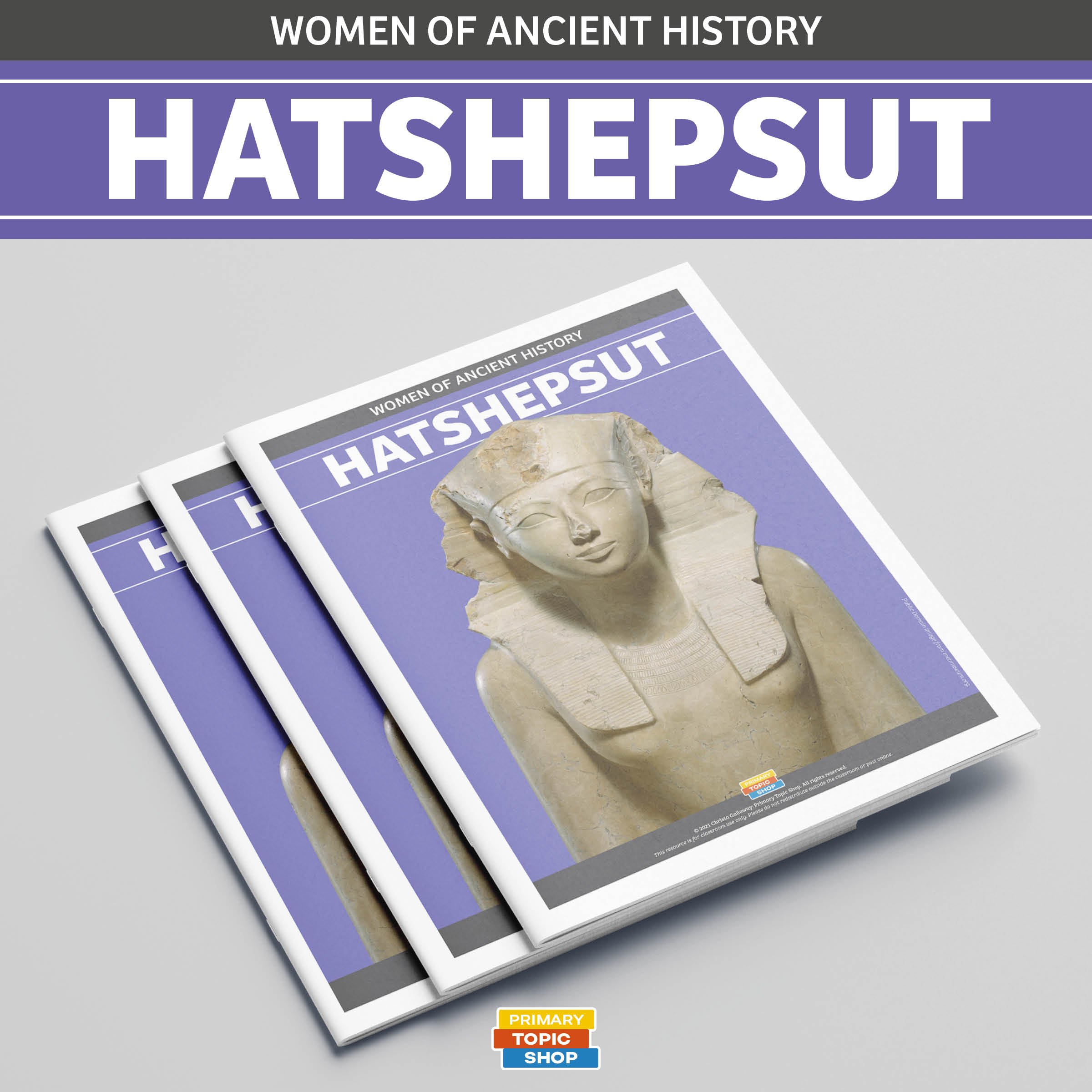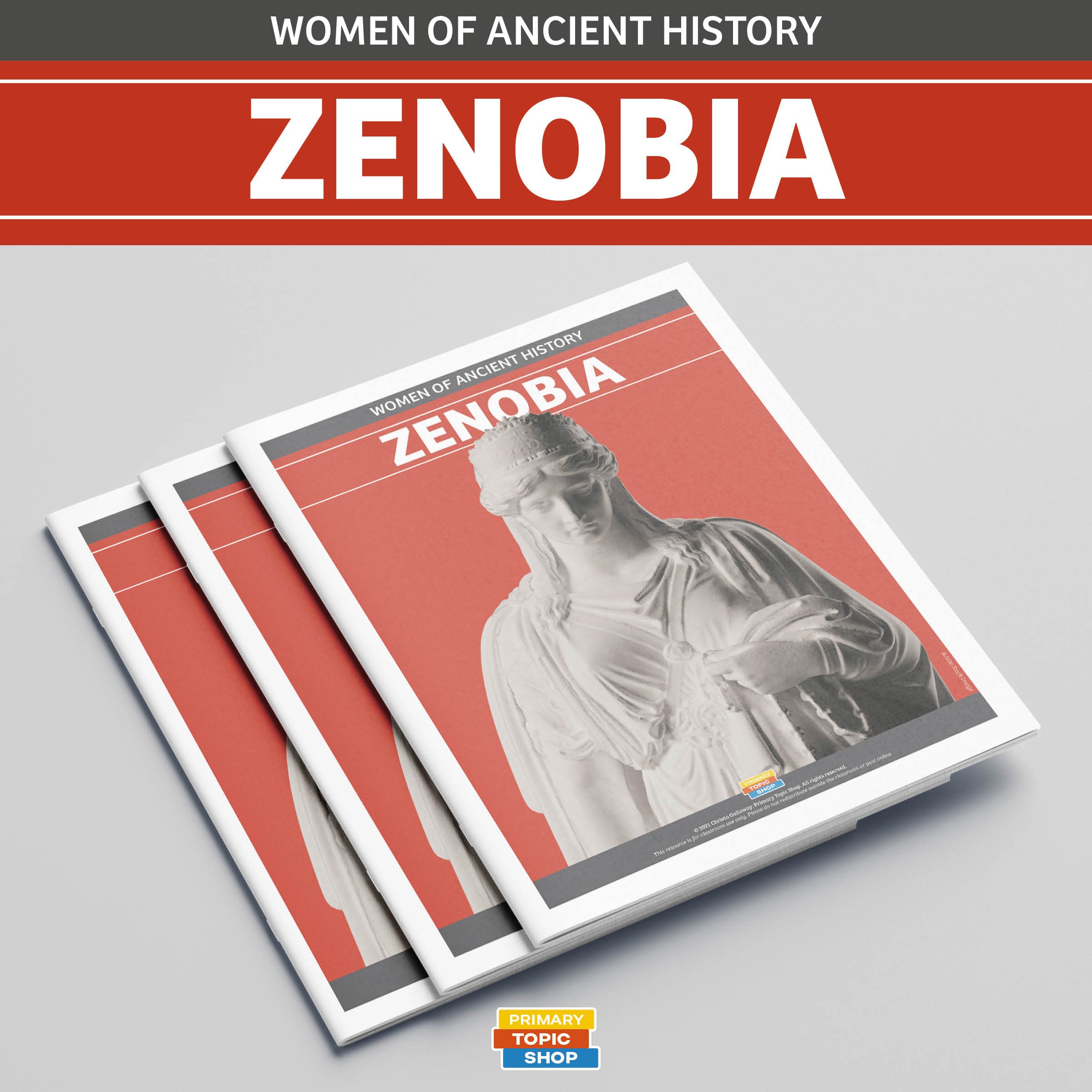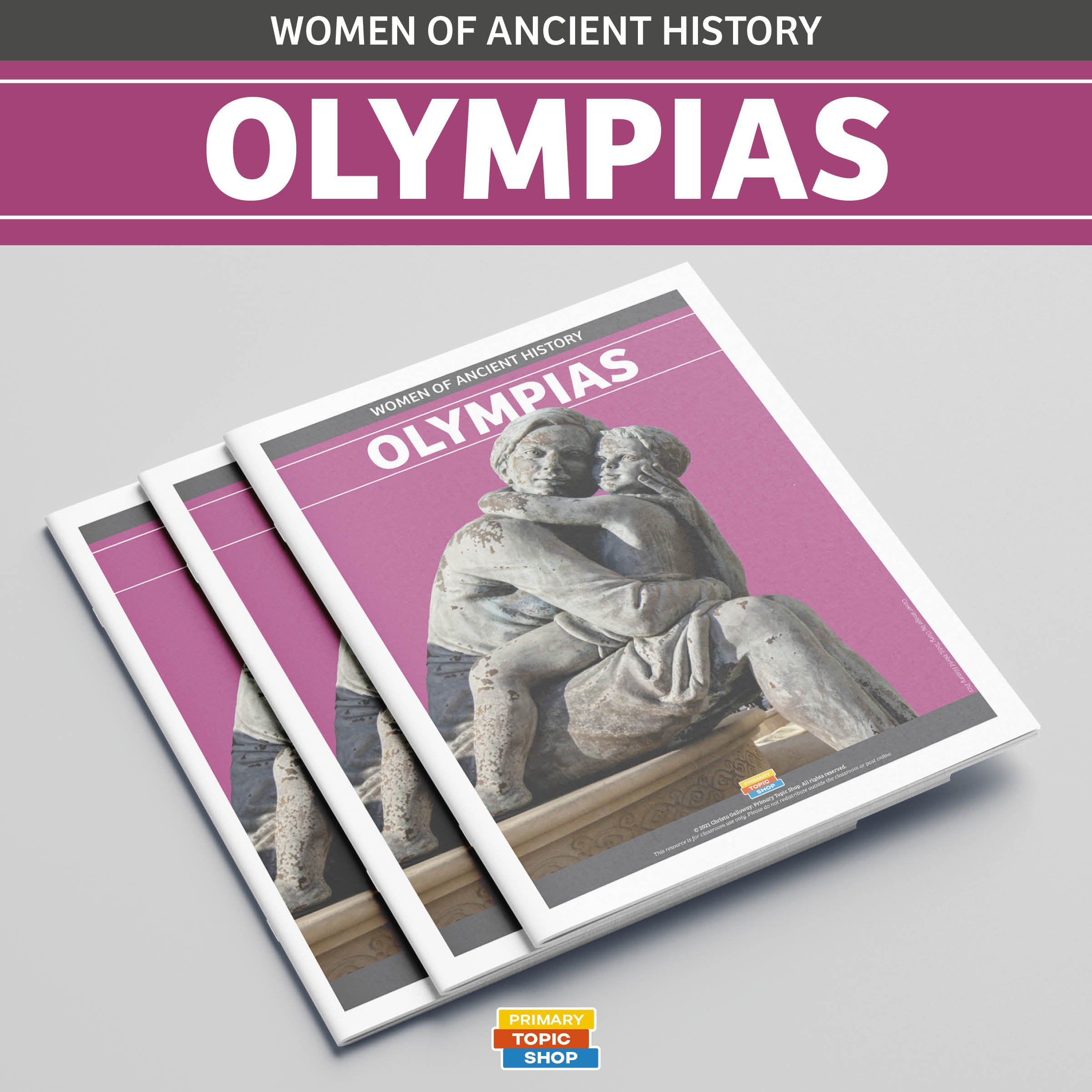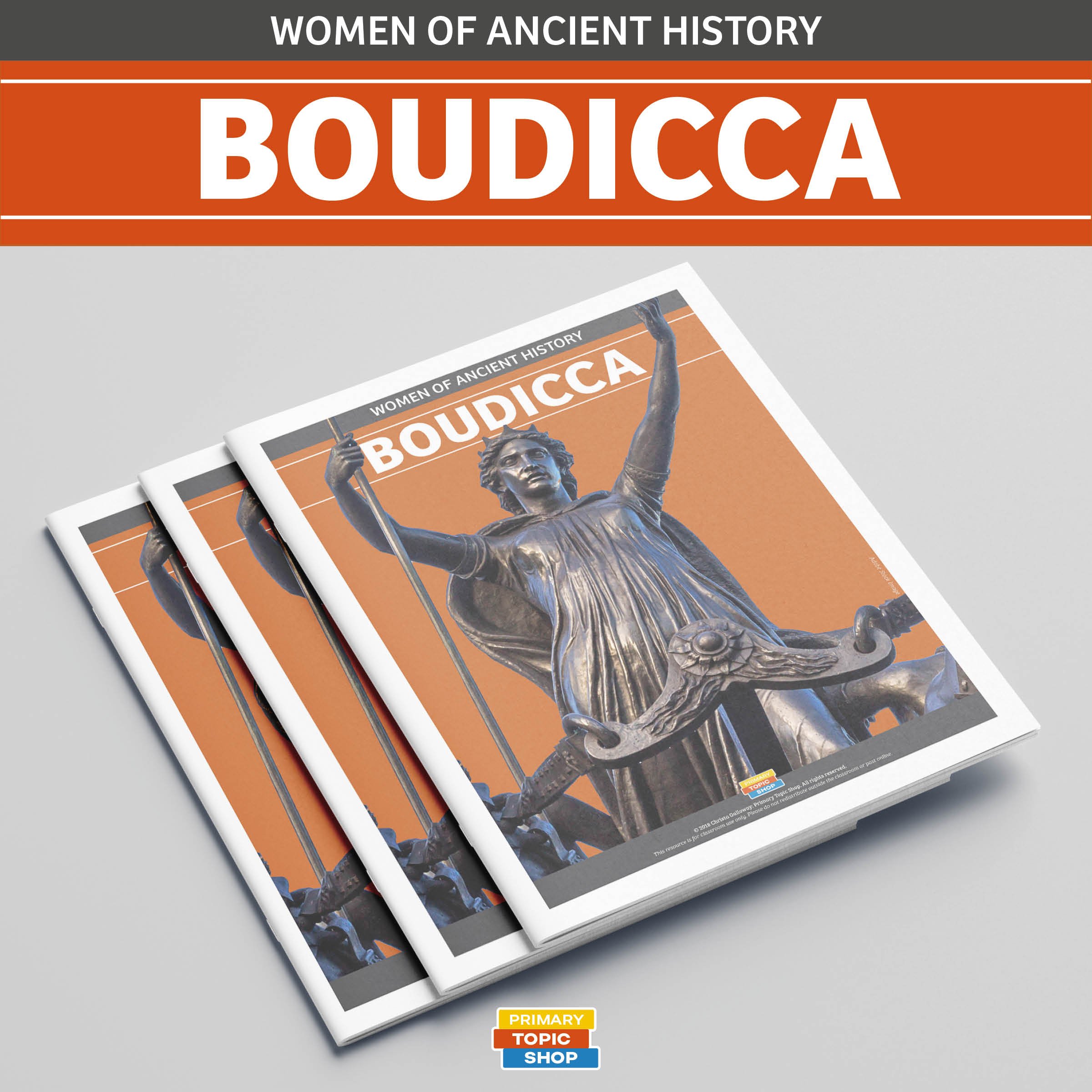10 Facts About Women of The Viking Age
Viking women were no shrinking violets. A Viking woman could inherit property, own a business and run the farm. If her husband mistreated her she could leave him, taking her property with her. Here are ten facts about Viking women that just might surprise you!
1. There may have been female warriors
While there are many stories of female warriors in Viking myths, there has been little evidence of real-life valkyries. However, in 2017, the bones from a warrior’s grave in Birka, Sweden were tested for DNA, and found to be female, and the artefacts found in her grave (an array of weapons, two horses and a strategic board game) suggest she was a military leader.
Check out this article in Archaeology.org about the discovery and analysis of the Birka grave.
2. A Viking woman could divorce her husband.
Viking women had the unusual power to divorce their husbands if they were unhappy in their marriage. Women were entitled to attend a local assembly and argue their case. Divorce was often granted if there was cruelty, neglect, or incompatibility. If she divorced because she was treated badly, she got to keep her land.
3. They traveled on Viking ships.
We know Viking women settled in Iceland and Greenland, and there were no airplanes back then, so unless they swam there, they travelled by ship. Some women were more than just passengers though. Some historical sagas give women an active role in exploration voyages. According to the saga of Eric the Red, Eric’s daughter Freydís Eiríksdóttir traveled to Vinland (Canada) and even fought some local inhabitants with a sword!
This BBC History Extra article explores the written records about Freydís Eiríksdóttir.
4. The lady was in charge of the household finances.
In the mainly agricultural Viking society, women were in charge of managing household finances, producing food, and supervising resources. They were important in financial decision-making, and some of the women even traded and inherited property. For Viking communities to thrive, women's contributions to the household economy were essential, while men were away trading and raiding.
5. She had more freedom and power than women in the rest of Europe during the Viking Age.
Women in Viking communities enjoyed comparatively greater independence and power than women of other cultures at the time. Viking women were able to inherit wealth, possess land, and occasionally even take part in decision-making. They had more freedom in their daily life and were frequently involved in running the family. While Viking women were not considered equal to men, they had greater possibilities and responsibilities than women in certain other European communities of that age.
6. It was shameful for a man to harm a Viking woman.
In Viking society, it was considered disgraceful and dishonourable to injure or mistreat a woman. Men were expected to respect and look out for women.
A man who injured a woman could suffer consequences like being socially isolated or losing respect in the neighbourhood. In severe cases, the man could be ostracised from the community.
7. Women were sometimes buried with keys as a symbol of their status in the home.
The presence of keys in Viking Age female graves represents the woman's function as the head of the household. Keys symbolized the woman's power and duties in the home, such as guarding resources and safeguarding storage spaces.
8. They did the jobs of men while they were away raiding.
In Viking society, women often took on more duties while men were out on raiding or trading journeys, including farming, raising animals, making crafts, and trading.
Viking women were skilled at many aspects of running the home and supervising the farming operations. When men were away, women were essential to the survival of their families and communities.
9. A Viking woman’s first marriage was arranged, but she could pick her second.
Historically, a Viking woman's first marriage was usually arranged by her family. However, Viking sagas and historical reports suggest that if a woman was widowed or divorced from her first husband, she had the freedom to pick her second spouse. This second marriage was a unique element of Viking culture, giving women some agency and the ability to determine their destiny within the constraints of the cultural standards of the time.
10. Viking women could be merchants.
The remains of burial grounds give historians some clues about the role of women in Viking society. Scales used to weigh market goods and payment have been found in some Viking women's burial grounds. This suggests that women could be merchants.
There is evidence that textiles woven by women were used as a type of currency, contributing to the wealth of the household.
Check out his article in Scientific American about how Viking textiles show women had power.
For more information about Viking women and Viking Society, check out the resource below:
Find more resources about women of history below:


